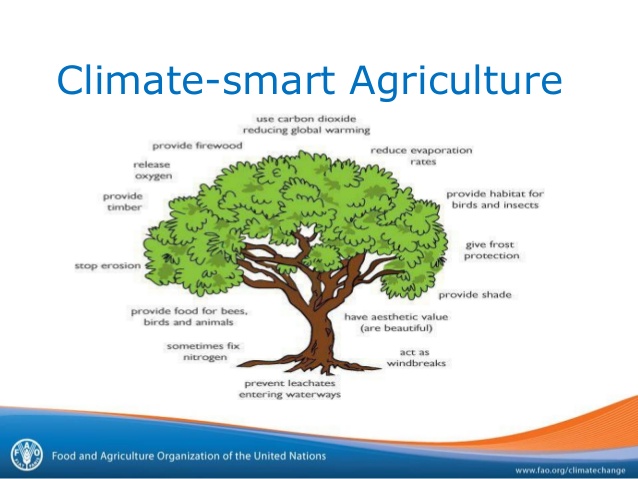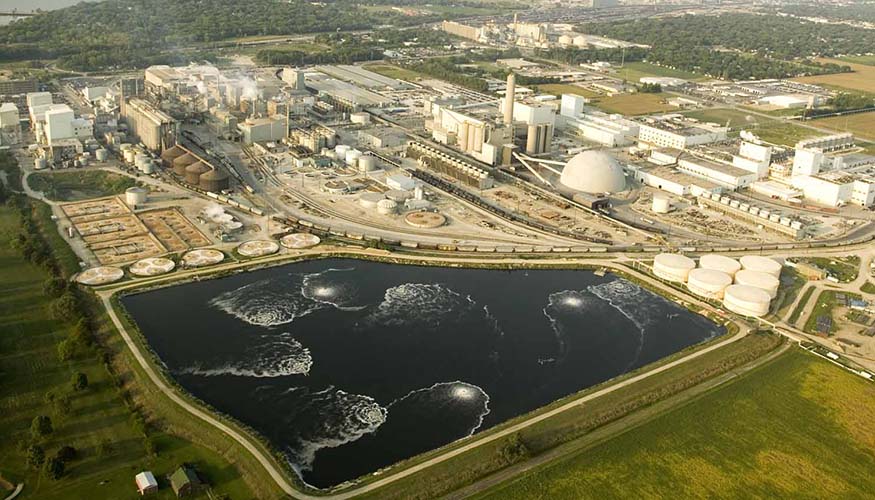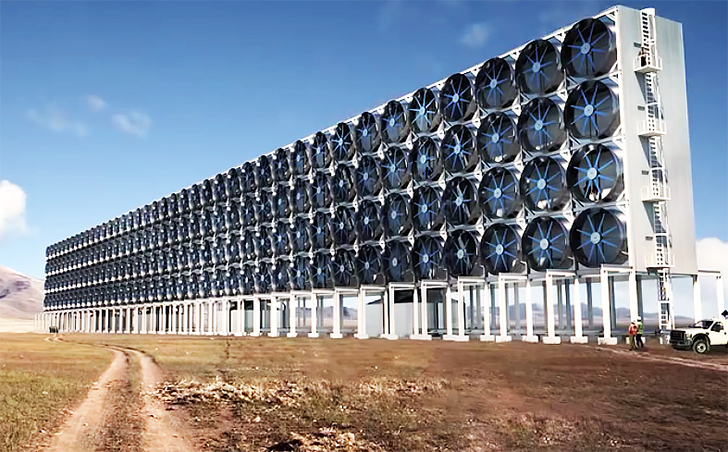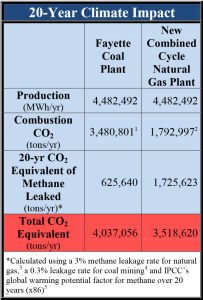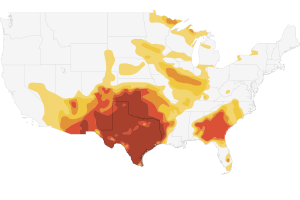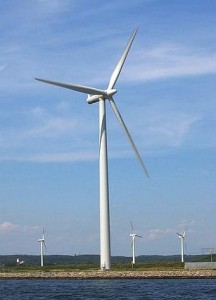On Monday, October 8, 2018 the Intergovernmental Panel on Climate Change (IPCC) released a new report, that holding average global warming 1.5 degrees Celsius (°C) – the stronger of the two goals set in the Paris Agreement Climate Agreement – is still possible, but only with urgent action.
The report was requested by members of the United Nations Framework Convention on Climate Change (UNFCCC) during the adoption of the Paris Agreement. Member countries recognized that the emissions reductions commitments made by participant countries weren’t sufficient to meet the temperature goals in the Agreement, so they asked the IPCC to provide additional technical information that could inform future updates. The report will serve as key input for the next U.N. climate change conference in Poland in December.
CLIMATE CHANGE IMPACTS: 1.5°C vs. 2°C
Current international commitments would result in global warming that is closer to 3°C — far above the 1.5°C and 2°C (2.7 – 3.6 degrees Fahrenheit) targets of the Paris agreement. Any temperature rise more than 1.5°C would bring cataclysmic changes in the global environment, including the death of life-sustaining ecosystems, the complete melting of the ice caps, and the rendering of enormous amounts of land both unfarmable and unlivable. Additionally, according to the report “limiting global warming to 1.5°C, compared with 2°C, could reduce the number of people both exposed to climate-related risks and susceptible to poverty by up to several hundred million”.
Earth’s sea level has already risen by about seven or eight inches since 1900. The new report shows that in a 2°C world, sea level rise is projected to be about four inches higher than it would be in a 1.5°C world. That’s enough to expose an additional 10 million people around the world to risks from sea level rise (31-69 million people in 1.5°C scenario, compared to 32-79 million people in the 2°C scenario).
The report shows that in mid-latitude countries, like the United States, our hottest days are expected to be significantly higher and more numerous in a 2°C world than in a 1.5°C world. The U.S is also likely to experience other serious impacts, including more intense and frequent extreme weather events, more severe droughts and heatwaves, and an increase in hospitalization and fatalities from these impacts, all of which we have seen in the past decade.
Even today, extreme weather events have had serious consequences for the health and safety of people in the U.S. and around the world. We only need to look to this year to see how extreme heat waves helped create the conditions for large wildfires in the West, which led to the loss of life and homes. Hurricane Florence led to numerous deaths and damaged infrastructure. And we will be hearing about the impacts of Hurricane Michael in the coming days and weeks. The 2017’s wildfire season and hurricanes tell a similar story. More global warming means more of these kinds of events.
WHAT WILL IT TAKE?
The report outlines the several possible emissions pathways and associated actions necessary to limit global warming to 1.5 or 2°C. Global carbon dioxide (CO2) emissions need to peak by 2020, and must reach net-zero by between 2014 and 2055. The probability of keeping warming to 1.5 °C is significantly higher if net zero global CO2 emissions is reached in 2040, as opposed to 2055. Reduction of other global warming gases, including methane, needs to start by 2030.
Limiting global temperature rise to 1.5°C is physically and technically possible, but will require system change on an unprecedented level. The composition of our energy sources, our means of transportation, the way we grow food, the types of foods we consume, the products we use and industrial processes (such as cement production) all have to change.
Removing CO2 from the air and sequestering it – using methods such as reforestation, land restoration, and technologies to capture CO2 – will be necessary, even with the emissions reductions described.
As one of the biggest emitters of global warming emissions, the U.S. has a big role to play in limiting warming to 1.5°C. The Trump administration’s plan to withdraw the U.S. from the Paris Agreement, as well as its moves to roll back other key domestic policies that would reduce our greenhouse gas emissions, leaves the burden for taking action on states and local governments.
WHAT CAN YOU DO?
While we can make changes as individuals, the political will of communities and countries are needed to make the level of changes that are necessary. Supporting policy and system changes is the most important thing you can do. We must demand that our elected officials enact rapid and divisive climate policies that decarbonize the economy on the federal level, such as with a Green New Deal.
To reduce emissions in our daily life, we can reduce our home energy consumption, opt for public and human-powered transportation when possible, stop consuming meat, buy less and reuse more, and have fewer children. However, it’s important to remember that individual actions are not enough to address climate change. Collective action is necessary and vital if we are to limit planetary warming to 1.5°C and preserve a livable planet.
We’ve known about the risks associated with global warming for years now and the report shows limiting global warming to 1.5°C will certainly not be easy. It will require major societal transformations. But it is possible and a better, healthier, more equitable world will be the result of all our efforts, if we act now.
Check out our upcoming Facebook video discussion with Public Citizen’s San Antonio Climate Justice organizer, Briauna Barrera and Energy Policy and Outreach Specialist, Kaiba White.


